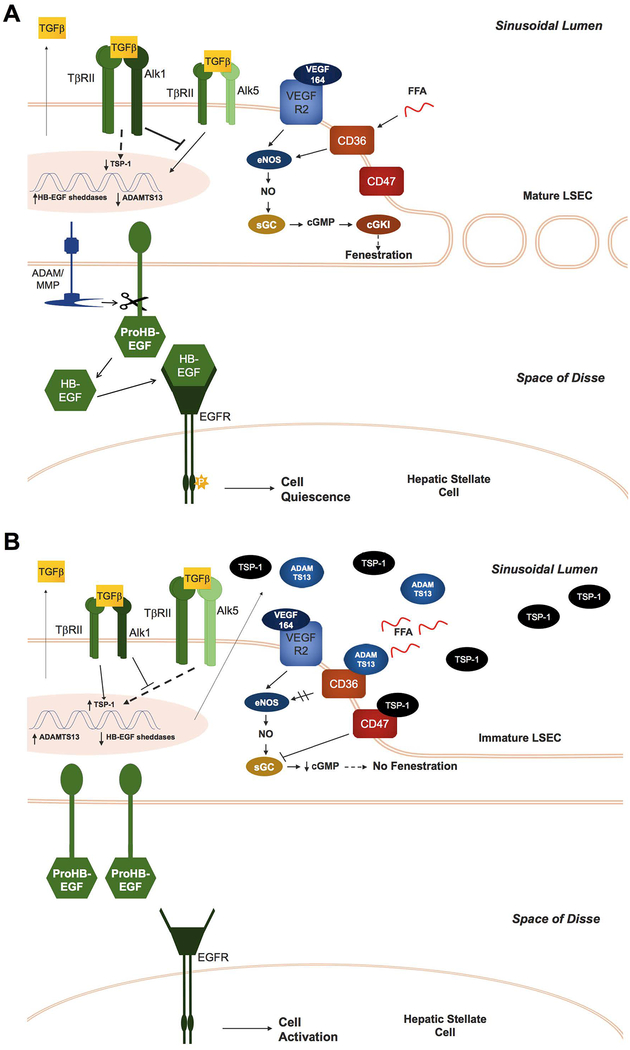Fig. 6. Proposed signaling pathways that regulate LSEC phenotype and crosstalk between LSECs and HSCs in normal and fibrotic liver.
(A) In normal liver, LSECs express high levels of ALK1 receptors, favoring TGFβ/ALK1 signaling, which shifts signaling away from the TGFβ/ALK5 pathway and thereby downregulates TSP-1 gene expression. Furthermore, LSECs in normal liver shed HB-EGF from the cytosolic membrane, which maintains HSC quiescence. (B) In fibrotic liver, increased levels of TGFβ and lower expression of the ALK1 receptor favor TGFβ/ALK5 signaling in BM-derived LSECs, resulting in increased TSP-1 expression. TSP-1 binds to CD47 and CD36, which inhibits both sGC and cGMP-dependent protein kinase I (cGKI), as well nitric oxide synthase activation. ADAMTS13 is also upregulated and inhibits the NO pathway by binding to CD36. The consequent downregulation of the NO pathway by TSP-1 and ADAMTS13 prevents maturation of BM-derived LSECs, manifested by lack of fenestration and downregulation of key HB-EGF sheddases. Inability to release HB-EGF permits HSC activation.

